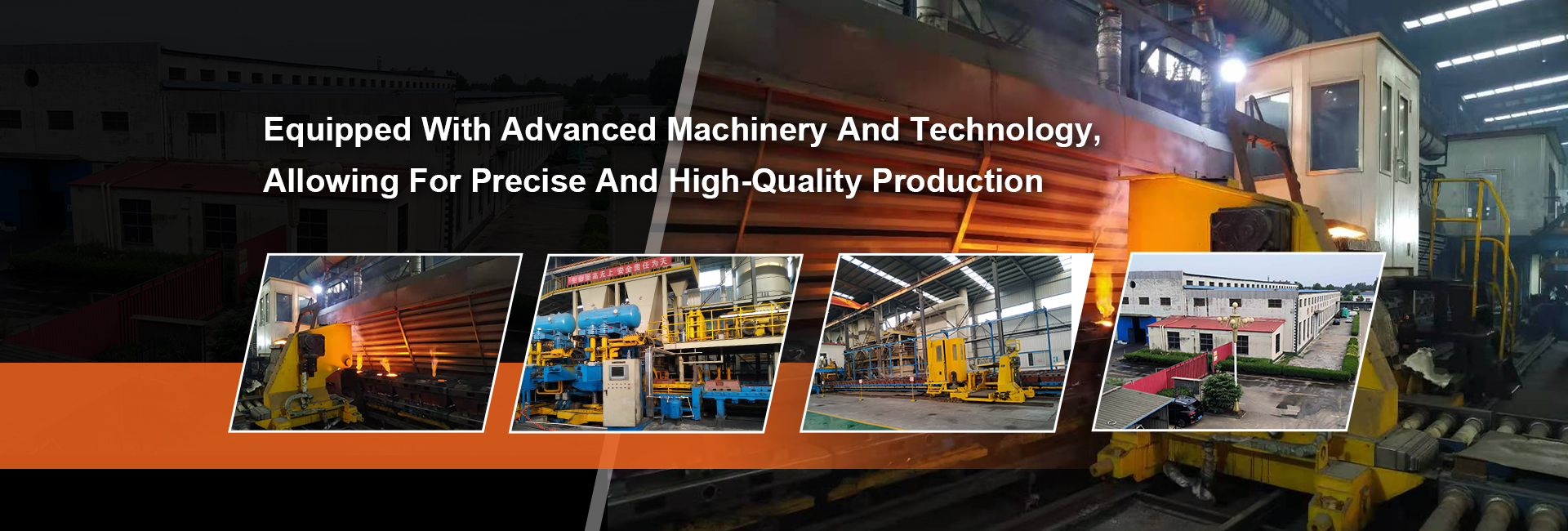
-
 Afrikaans
Afrikaans -
 Albanian
Albanian -
 Amharic
Amharic -
 Arabic
Arabic -
 Armenian
Armenian -
 Azerbaijani
Azerbaijani -
 Basque
Basque -
 Belarusian
Belarusian -
 Bengali
Bengali -
 Bosnian
Bosnian -
 Bulgarian
Bulgarian -
 Catalan
Catalan -
 Cebuano
Cebuano -
 Corsican
Corsican -
 Croatian
Croatian -
 Czech
Czech -
 Danish
Danish -
 Dutch
Dutch -
 English
English -
 Esperanto
Esperanto -
 Estonian
Estonian -
 Finnish
Finnish -
 French
French -
 Frisian
Frisian -
 Galician
Galician -
 Georgian
Georgian -
 German
German -
 Greek
Greek -
 Gujarati
Gujarati -
 Haitian Creole
Haitian Creole -
 hausa
hausa -
 hawaiian
hawaiian -
 Hebrew
Hebrew -
 Hindi
Hindi -
 Miao
Miao -
 Hungarian
Hungarian -
 Icelandic
Icelandic -
 igbo
igbo -
 Indonesian
Indonesian -
 irish
irish -
 Italian
Italian -
 Japanese
Japanese -
 Javanese
Javanese -
 Kannada
Kannada -
 kazakh
kazakh -
 Khmer
Khmer -
 Rwandese
Rwandese -
 Korean
Korean -
 Kurdish
Kurdish -
 Kyrgyz
Kyrgyz -
 Lao
Lao -
 Latin
Latin -
 Latvian
Latvian -
 Lithuanian
Lithuanian -
 Luxembourgish
Luxembourgish -
 Macedonian
Macedonian -
 Malgashi
Malgashi -
 Malay
Malay -
 Malayalam
Malayalam -
 Maltese
Maltese -
 Maori
Maori -
 Marathi
Marathi -
 Mongolian
Mongolian -
 Myanmar
Myanmar -
 Nepali
Nepali -
 Norwegian
Norwegian -
 Norwegian
Norwegian -
 Occitan
Occitan -
 Pashto
Pashto -
 Persian
Persian -
 Polish
Polish -
 Portuguese
Portuguese -
 Punjabi
Punjabi -
 Romanian
Romanian -
 Russian
Russian -
 Samoan
Samoan -
 Scottish Gaelic
Scottish Gaelic -
 Serbian
Serbian -
 Sesotho
Sesotho -
 Shona
Shona -
 Sindhi
Sindhi -
 Sinhala
Sinhala -
 Slovak
Slovak -
 Slovenian
Slovenian -
 Somali
Somali -
 Spanish
Spanish -
 Sundanese
Sundanese -
 Swahili
Swahili -
 Swedish
Swedish -
 Tagalog
Tagalog -
 Tajik
Tajik -
 Tamil
Tamil -
 Tatar
Tatar -
 Telugu
Telugu -
 Thai
Thai -
 Turkish
Turkish -
 Turkmen
Turkmen -
 Ukrainian
Ukrainian -
 Urdu
Urdu -
 Uighur
Uighur -
 Uzbek
Uzbek -
 Vietnamese
Vietnamese -
 Welsh
Welsh -
 Bantu
Bantu -
 Yiddish
Yiddish -
 Yoruba
Yoruba -
 Zulu
Zulu
performance drum brakes
Performance of Drum Brakes An In-Depth Look
When it comes to automotive braking systems, drum brakes have been a stalwart choice for many vehicles, particularly in older models and certain types of commercial vehicles. While they may not dominate the performance narrative in the way that disc brakes do, understanding the performance characteristics of drum brakes is essential for both automotive enthusiasts and everyday drivers.
Design and Functionality
Drum brakes operate through a relatively simple mechanism. They consist of a cylindrical drum that rotates with the wheel, and as the brake is applied, brake shoes are pressed against the inner surface of this drum. The friction generated slows the vehicle down. This design allows for efficient braking, particularly in light to medium-duty applications.
One of the key advantages of drum brakes is their ability to generate significant braking force from a compact package. The enclosed design provides better protection against dirt and moisture, which can be detrimental to braking performance. This makes drum brakes particularly advantageous in environments where debris and water exposure are concerns.
Performance Aspects
In terms of performance, drum brakes often lag behind their disc counterparts when it comes to heat dissipation. This difference becomes pronounced during heavy braking situations, such as those encountered in sports or high-performance driving contexts. Disc brakes generally provide superior performance in these scenarios due to their ability to dissipate heat more effectively.
performance drum brakes

However, the performance of drum brakes can be significantly enhanced with proper maintenance and design upgrades. Modern innovations, such as the use of lighter materials and advanced friction compounds, have improved their performance metrics. Additionally, properly adjusted drum brakes can deliver excellent stopping power, particularly in urban settings where frequent stops are common.
Limitations and Considerations
While drum brakes excel in certain conditions, they have limitations that cannot be overlooked. Their performance can degrade more quickly than disc brakes under repeated heavy braking, leading to what is known as brake fade. Furthermore, drum brakes are generally heavier and bulkier than disc brakes, which can impact vehicle dynamics and fuel efficiency.
Additionally, maintenance is crucial for drum brakes. They require regular inspections to ensure that components like brake shoes and springs are in good condition. Neglecting maintenance can lead to uneven wear and reduced braking efficiency.
Conclusion
In summary, drum brakes remain a relevant option within the automotive landscape, offering reliable performance for specific applications. While they may not be the choice for high-performance vehicles, understanding their unique characteristics and maintaining them effectively can ensure they perform well in a variety of driving conditions. As technology evolves, so too will the capabilities of drum brakes, keeping them in the conversation for reliable automotive braking solutions.
-
What Are Drum BrakesNewsJul.07,2025
-
Understanding Brake Drum MaterialNewsJul.07,2025
-
Semi-Trailer Brake Drum: A Key Component for Extreme Loads and Long-Distance TransportNewsJul.07,2025
-
Drum Brake Pads for SaleNewsJul.07,2025
-
Brake Drums for SaleNewsJul.07,2025
-
Brake Drum ManufacturerNewsJul.07,2025
-
Aluminum Brake Drums: The Future of High-Performance CarsNewsJul.07,2025
